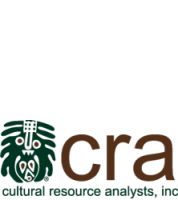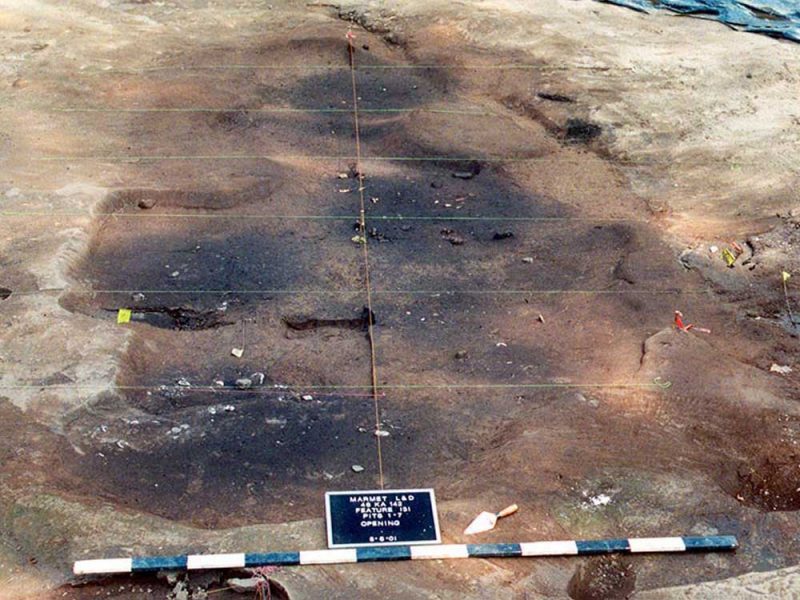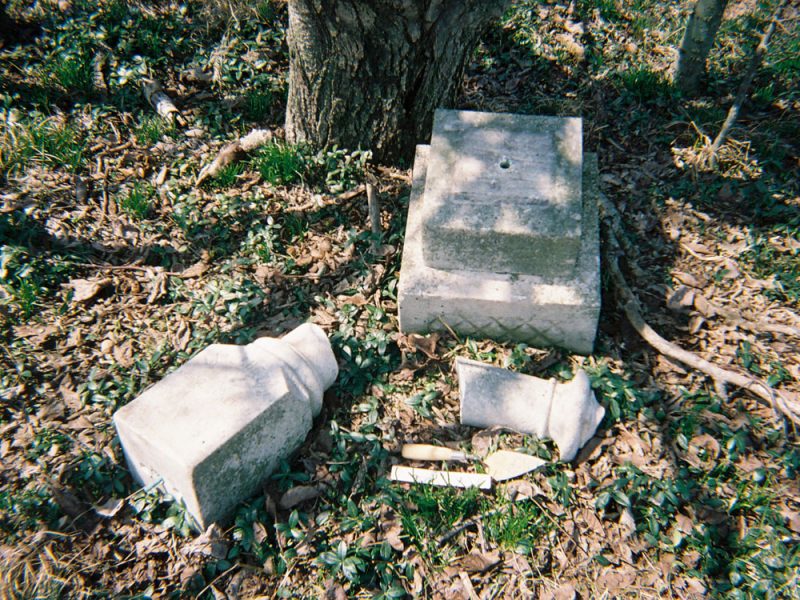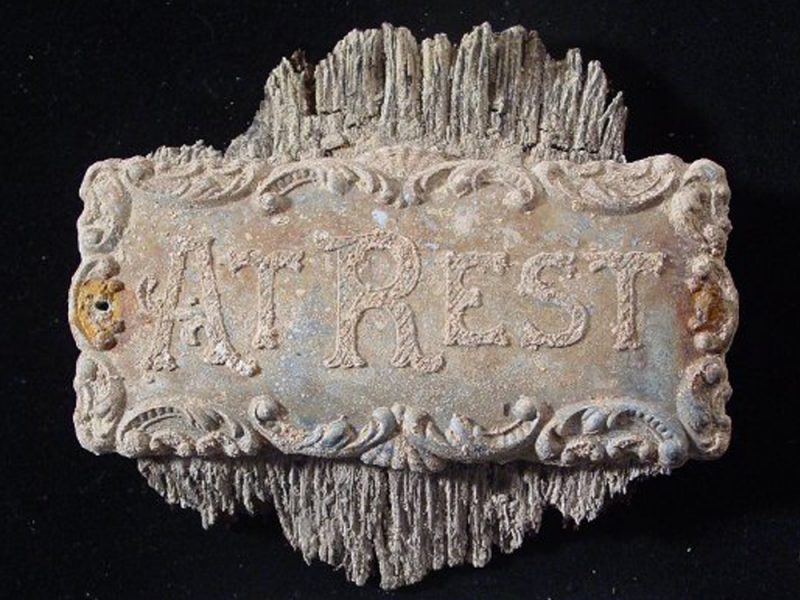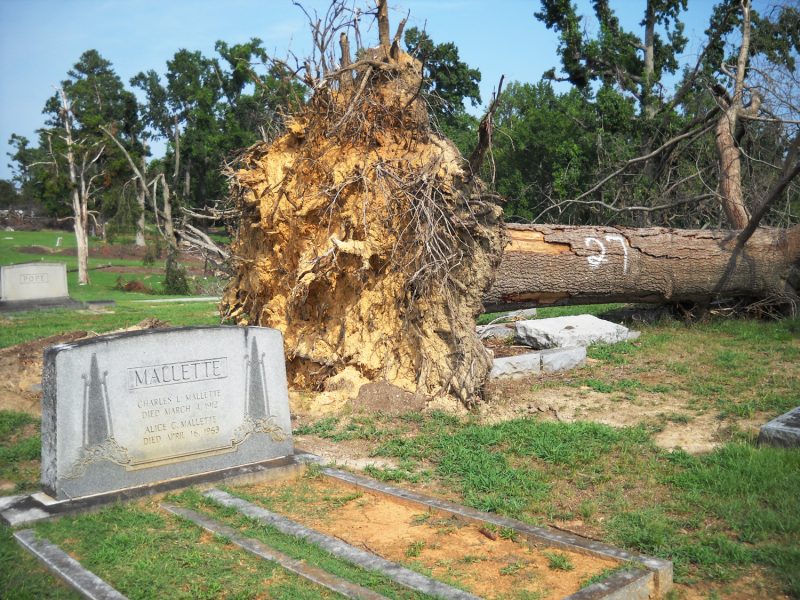Cemetery Studies

CRA provides recognized expertise in all aspects of cemetery investigations, including identification and documentation, delineation, excavation/disinterment, bioarchaeological analysis, and reinterment. Interdisciplinary approaches, including archaeological survey, geophysical remote sensing, archival research, genealogical research, and use of heavy mechanical equipment may be used to identify the locations of abandoned, neglected, and forgotten cemeteries, to delineate the boundaries of cemeteries with unmarked graves, and to connect individuals to descendants. CRA works closely with federal, state, and other agencies to ensure that all legal aspects of work regarding cemeteries are met. CRA’s work is scientific and cost-effective, which provides our clients with a product of great value.
CRA can also serve as your cemetery relocation contractor, taking responsibility for all aspects of the cemetery relocation process. Relocations are conducted by CRA’s professional staff with respect and integrity, and such work is done with the discipline required of an archaeological excavation, which ensures that all graves and their contents are relocated. CRA’s staff consists of individuals with graduate degrees focusing on physical anthropology, and they have extensive experience in all matters concerning cemetery relocation, including exhumation of human remains, analysis of human remains to determine biological characteristics of each individual, and analysis of materials interred with the deceased. Most importantly, CRA recognizes that the relocation of cemeteries can be a highly emotional and sensitive undertaking for descendants and other parties. In all instances, we prioritize working respectfully with descendant communities in consideration of their needs and opinions.
Case Study: Evans Cemetery
CRA’s expertise in cemetery studies is reflected in projects such as our work at Evans Cemetery in McDowell County, West Virginia, a National Register-eligible property. Collaborating with McDowell County Schools, the Huntington District of the U.S. Army Corps of Engineers, West Virginia Department of Highways, and the West Virginia State Historic Preservation Office, CRA completed an archaeological data recovery project at the cemetery as mitigation for impacts associated with development of a new school, which required relocation of a portion of WV-80 onto the site.
CRA’s work included the archaeological investigation of 15 historic graves, as well as the monitoring of relocation of additional graves by a local funeral home. The goals for the archaeological data recovery were to 1) obtain information regarding mortuary behavior for a mid-nineteenth through twentieth century Appalachian population; 2) obtain information about historic Appalachian demography and health; 3) establish a chronology for the use of specific types of early twentieth-century casket hardware; and 4) determine the age of unmarked graves based on associated cultural materials.
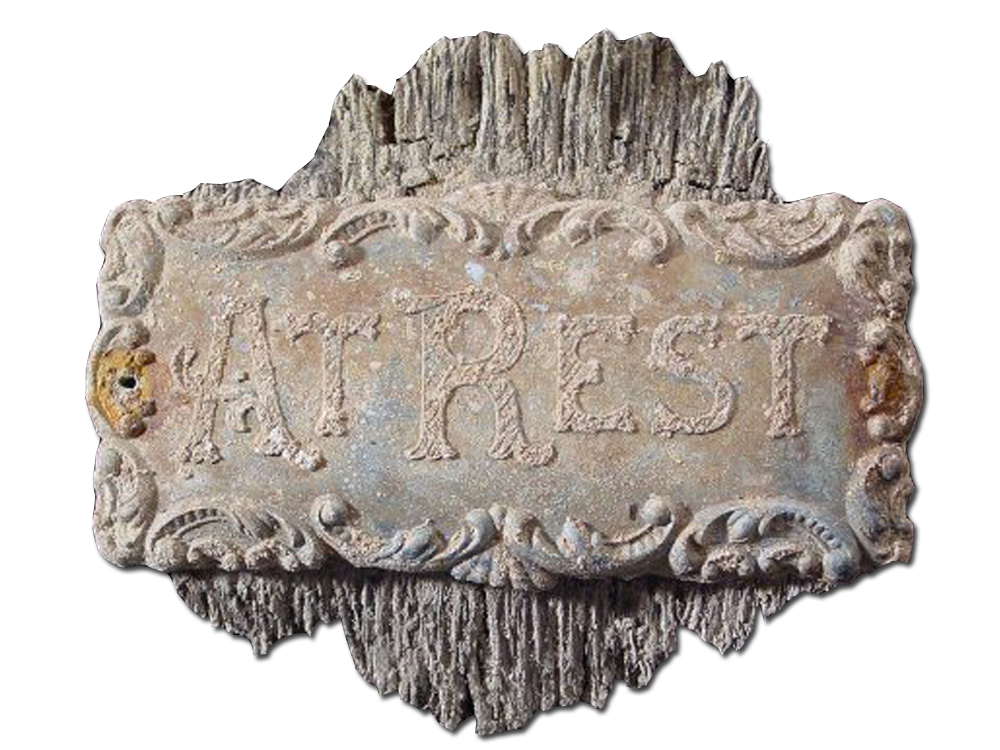
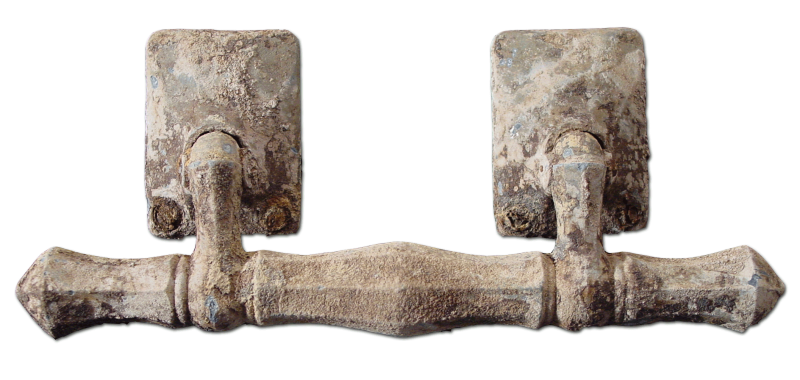
In all, 106 graves interred between at least 1875 and 1988 were identified and excavated. From the archaeologically excavated interment, hundreds of artifacts were identified, ranging from botanical materials and textile fragments to vaults and casket hardware. Only two of the graves subjected to archaeological excavation had known dates of interment (1875 and 1921) prior to the investigation. Materials recovered during the investigation were used to determine the chronological placement of the other graves, which was accomplished through analysis of cultural materials and bioarchaeological assessment. Based on mortuary and personal artifacts, the graves were identified as dated from the latter half of the nineteenth century through the mid-twentieth century. Represented in this sample were five adults and 10 subadults (infants and children). Preservation at the cemetery was generally poor, and human remains were identified in only a few of the graves. Three instances of embalming were also noted. Information derived from the data recovery project provided information about Appalachian mortuary practices from at least the late nineteenth through mid-twentieth centuries. All remains were reinterred at the Relocation Evans Cemetery in Bradshaw, West Virginia.

Related Projects



